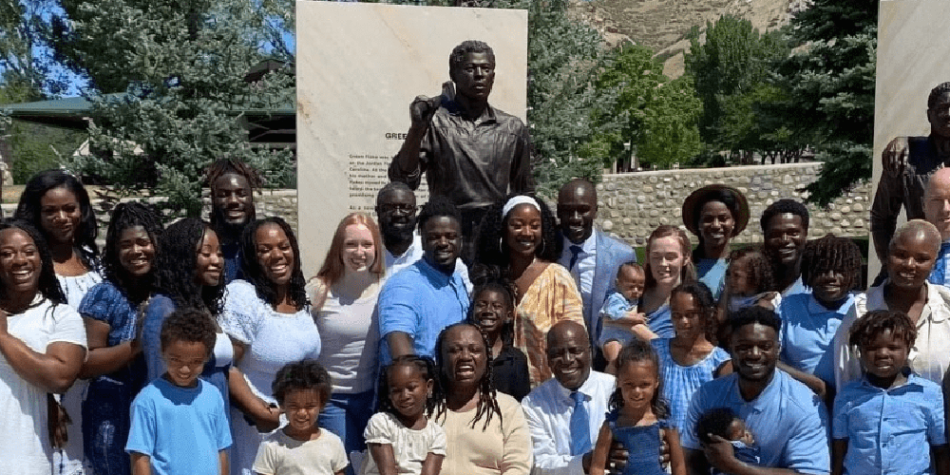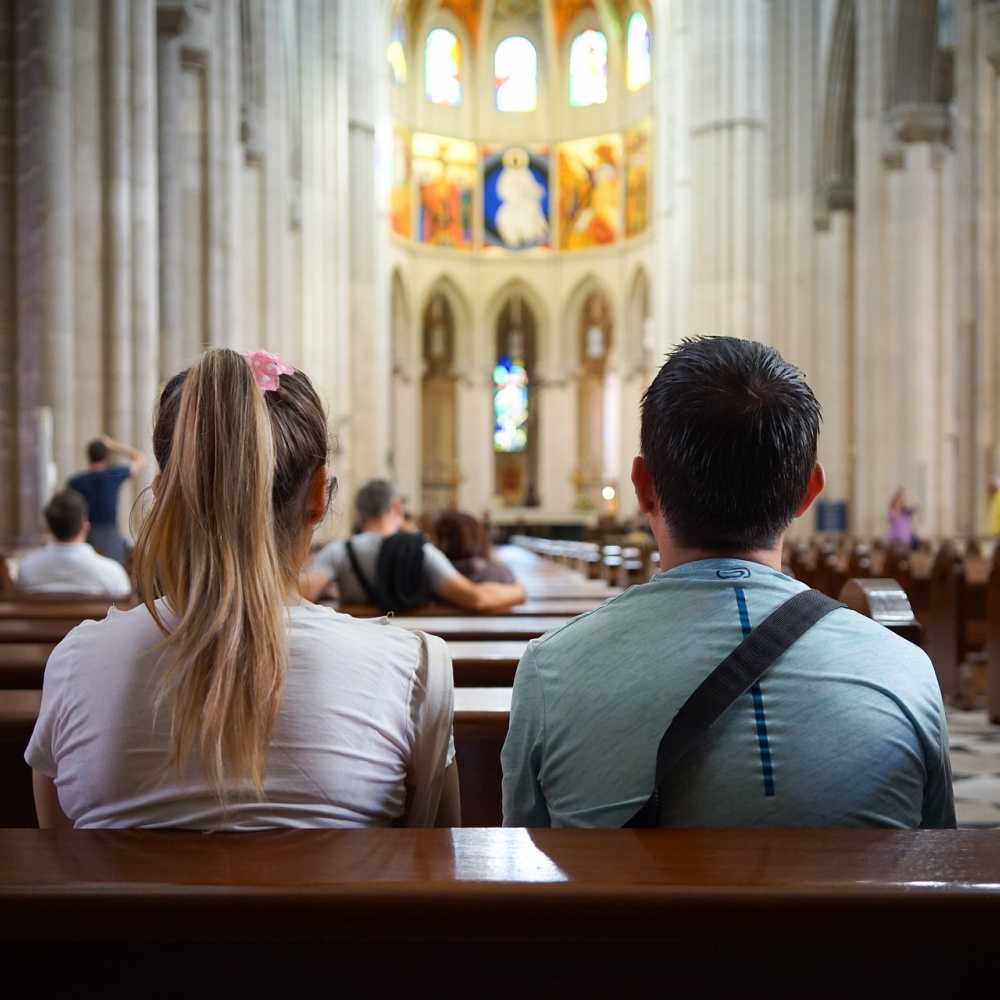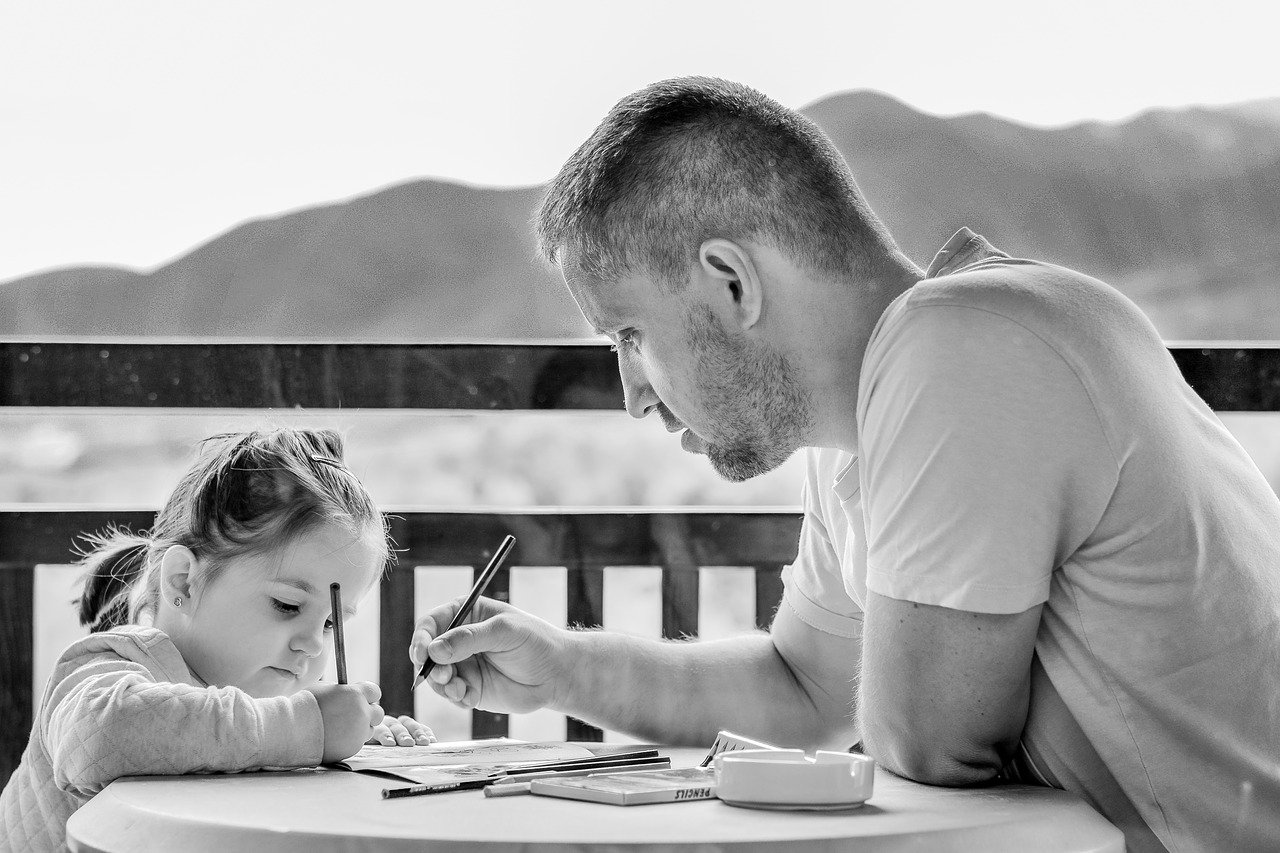As C.T. Warner and the Arbinger Institute teach, there are always at least two ways to do something—including very important things. We can do anything from a “heart at peace” or a “heart at war.”
Because an especially adversarial approach to racial progress has dominated American discussions in recent years, many Americans have sadly arrived at a place of resistance to the crucial work of racial reconciliation and healing. One woman, for instance, told us she hesitated to open her mouth at all on racial issues, including to ask a question, “because I’m always scared of offending someone and making them mad.”
All that changes, however, when you encounter a vibrant example of another approach. The first time one of our team met filmmaker Mauli Bonner, we were struck by the unique energy and spirit he conveyed.
Hope. Joy. Peace. And kindness.
Does that sound at all like the broader approach to racial reconciliation in America today?
Hardly. Yet Mauli has as much stake in the conversation as anyone, hailing from a great-grandfather who was enslaved on the “Bonner plantation” in the American south many years ago. In recent years, he and filmmaker Tamu Smith have “hastened the work” of racial healing in several critical ways that have encouraged another kind of conversation—one with a clear potential to spark deep collective healing. That includes two evocative and beautiful movies—“Jane and Emma” (2018) and “His Name is Green Flake” (2020)—powerful depictions that teach, inspire, and draw us together.
And now, on the 175th anniversary of the pioneers entering the valley, Mauli and Tamu have brought to pass a series of three monuments at This is the Place Heritage Park in Salt Lake City, sculpted by Stephanie and Roger Hunt to commemorate the contributions of three different pioneers:
- Green Flake—who at 19 drove the first wagon through Emigration canyon in the vanguard pioneer company.
- Hark Wales and Oscar Smith—whom Brigham Young sent two days ahead to blaze a trail for many pioneers to follow.
- And Jane Manning James with her two sons, Sylvester and Silas—who was expecting her third child Mary Ann, when she and her family entered the Salt Lake Valley in September 1847.
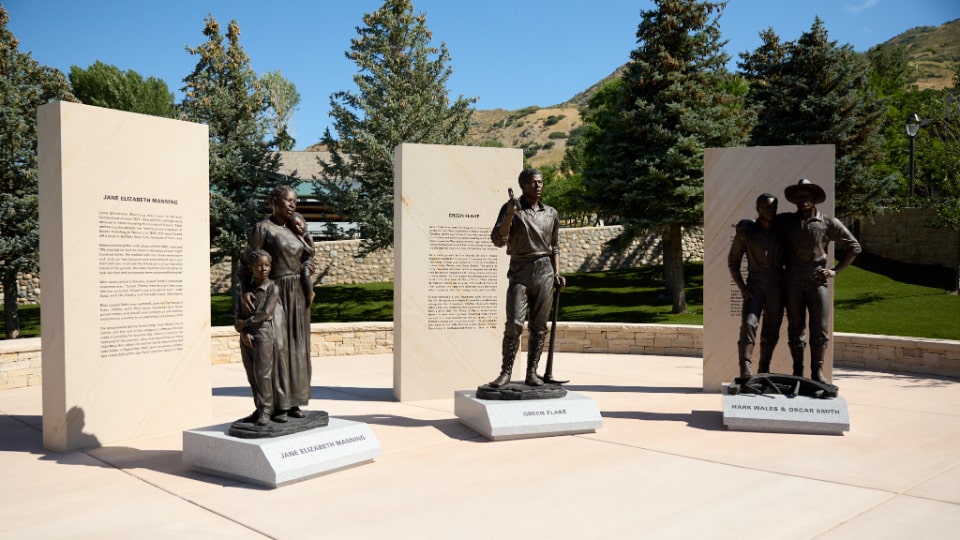
Three of the four pioneers honored by the monument—Flake, Wales, and Smith—were born into slavery in the South before eventually joining The Church of Jesus Christ of Latter-day Saints. Yet, even after joining with the Saints, they sadly continued to endure years of being considered slaves (including 10 years of legalized slavery in Utah between 1852 and 1862)—“a hard part of our history,” Bonner said, “but we have to remember it, learn it, and never forget it.”
Yet “their story didn’t end at enslavement,” Bonner continued. “Green Flake went on to speak at multiple pioneer day celebrations, and Jane Manning James was sitting front row at community events. Leaders left a spot for her on occasions such as these. They were respected in the community.”
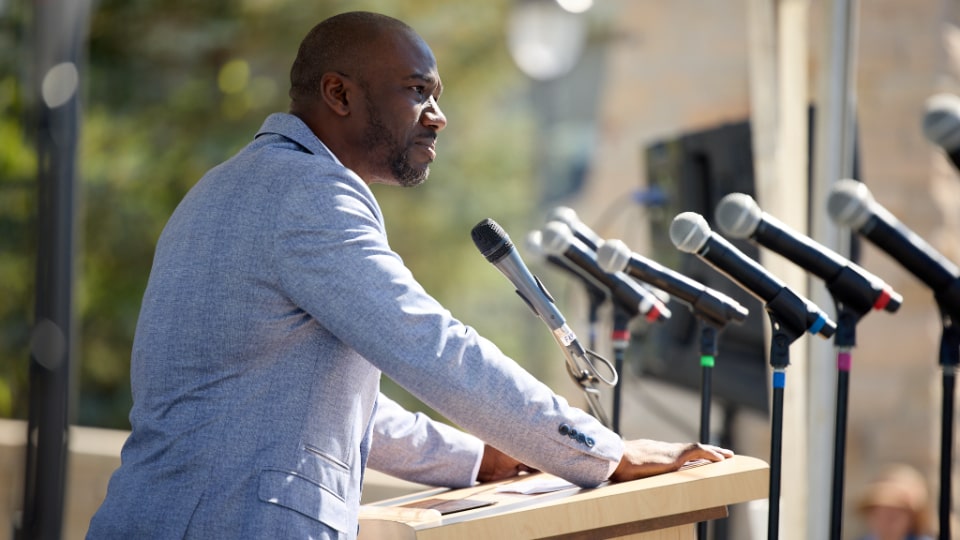
Acknowledging both the pain and the faith that transcended this pain provides an opportunity for us today. As Tamu Smith remarked, “Our story becomes important to the greater pioneer story … because we are part of those great pioneers.” Bonner added, “These people “lay under the stars at Parley Creek” with the rest of the pioneers.
In honor of the courage and faith of these black pioneers, Bonner spoke at the monument dedication about this being a moment for “bringing our peace, our reverence, our joy, our empathy, our shouts of celebration, our love, and our unity—to this monument.” He added, “I know they’re watching now”—joking that perhaps these ancestors, now deceased, “got some time off from what they are doing.”
At the same ceremony, the Governor of Utah, Spencer Cox, spoke of the importance of this kind of “ritual of remembrance.” Looking at the faces of the statues, he said, “There is strength in these faces. There is pride in these faces. And yet there’s humility and kindness in these faces.” The Governor encouraged a message of learning from each other as we seek greater healing together.
Prior to the dedication prayer, Elder M. Russel Ballard shared his hope this would be a place “where people will come for generations to come, we hope, and see the diversity and the reality that the state of Utah is a state where God’s children of all cultures, of all races, can come worship together and enjoy and love one another. That’s what we have here in the great state of Utah.” During the prayer, Elder Ballard emphasized “How important every child of God is” and “How precious every living soul—every one of God’s children.” The prayer also encouraged us to “Go arm in arm, trying to help each other in this sojourn of mortality.”
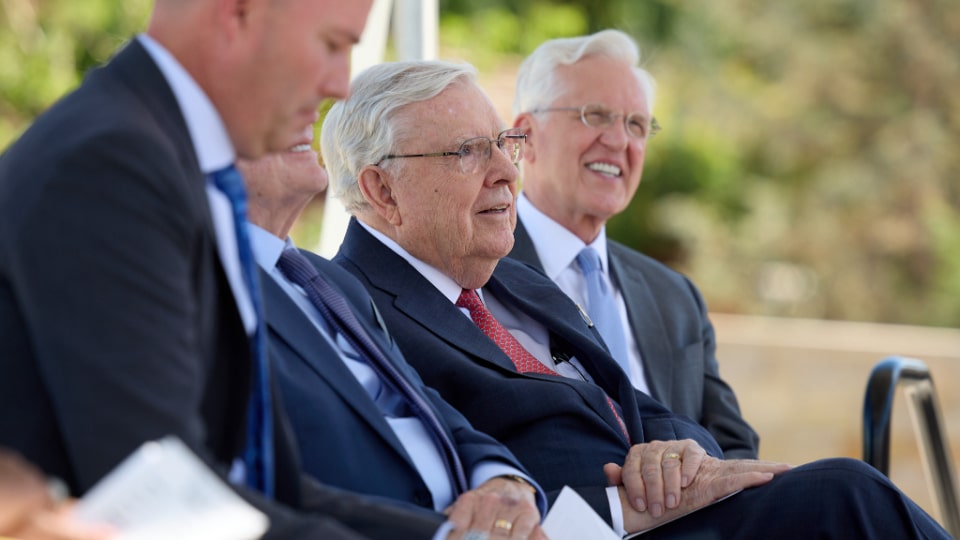
Mauli Bonner accentuated this message by saying:
To those who have a hard time finding people like them in community leadership, in pictures, in arts, in monuments, you still belong. You belong here. How you live your life, and the legacy you leave is their legacy [pointing to the monuments]. You are their living legacy. Be who you want to see. Be who you want to see. We all have that opportunity.
We repeat this here in detail because we believe strongly as a magazine staff in the value of collective healing. And the work of Mauli and Tamu carries an inspired, healing spirit similar to Bryan Stevenson’s National Memorial for Peace and Justice we wrote about two years ago.
All this is in striking contrast to the grievance-based, accusation-drenched racial conversations in America today. In this, Mauli and Tamu join others like Rev. Amos Brown and President Russell Nelson, who are pointing toward a better way to navigate our racial differences. That made us want to hear more—and to understand at a deeper level some of the inspirations and motivations behind these efforts. (The conversation below with Mauli Bonner has been edited for clarity).
Jacob Hess: I’m struck by the intensity of your hope, joy, and peace in this work of racial healing, Mauli—so very different from what we see around us today. Where does that come from for you—and have you always felt that?
Mauli Bonner: It’s always been the way I’ve been. My family—that’s the root of it. That’s kind of how we were brought up. My parents, you know—we always talked about everything. Family council on Mondays, no matter how personal or painful, we’d always talk about everything.
Sometimes those family discussions would last for hours into the night. Then we’d make sure people were okay. We’d love on each other at the end and pray together.
This kind of talking about things, and making sure we get through it, and taking care of each other … that’s all I know.
JH: That’s really great your family did that. And it obviously translates to how you see the world around you. Were your parents just positive by nature?
MB: I don’t think it’s personality, I think it’s how they utilized Christ. The gospel and the focus were always Jesus. And when the focus is Christ, it kind of washes away all that doesn’t matter.
JH: Imagine what that could mean for our American conversation today—with its endless fixation on things that matter so little. I also can’t help but reflect on how different this is from the pervasive anger out there.
MB: I believe that we all want the same thing. I believe we all want to get through it—we want to be together in the end. We don’t want questions like this to separate us. Unfortunately, our personal pain sometimes gets in the way. What I like to do is focus on the pain in the person on the other side of the conversation—doing what I can to take care of them.
And then to pray, “Lord, please help them to take care of me.” When my focus is, “are they okay when we’re having this conversation”—no matter who’s right or wrong, or who’s inflicting the pain—it’s keeping a focus on the person I’m talking with: are they okay?
If you focus on how someone else feels, then they care more about how you feel. It has not been difficult for me to have these tough conversations because I find that people are taking care of me through these hard things.
JH: I was struck by your insistence on Friday that these stories from the past, although often “hard to tell,” are not told with an intent to harm us. As you put it:
Pioneer stories are always hard to tell. But we don’t tell their stories to make the Missourians feel bad, to shame them—we tell it to celebrate those who endured something we don’t fully understand. And it’s no different with our stories of African-American pioneers. The same thing is true here—not to cause pain and shame. But because they are true. Because we all have a chance to draw strength from them. Can we not draw strength from them?”
I can’t help but get excited, Mauli, about what could happen if this became more of the model for how more people approached these (and other) difficult stories from the past: Drawing strength from the courage, patience, and faith of those who navigated these difficulties. What more can we do to encourage this kind of refreshing attitude around past difficulties?
MB: I think we need to appreciate how well we do this already. We do this so well as faith-based people—and not just Christians. We talk regularly about what was done to Joseph of Egypt, and especially what was done to Christ. And I’ve never heard one person say, “again? I didn’t do it. I wasn’t there. Aren’t we past this already?”
Never once. We know how to do this. We just need to realize, “we can do this! We can talk about these past difficulties and not let them pull us down into shame and blame. We can use these stories to inspire us—we do it every week at church.
We know how to do this! So, let’s just continue what we already do. Tell these tough stories, and draw strength from them. And not because we look like and sound like them—but like the people in scriptures (who we also don’t look like), we can still draw strength from them.
I hope people can draw confidence from the fact that they already know how to do this. So, let’s just continue to be who we are.
JH: Beautiful, Mauli. Thank you. I was also struck by your emphasis on Friday, several times, about our need to lean on each other—”Let’s not do this alone. Let’s do this together.” That includes trust in people around us who can help us, as you put it, “Lean on your bishops and pastors. Let them be who they’re meant to be.” You even recognized your own priesthood leader, “My bishop is here. That’s my bishop guys, from Los Angeles!!”
As you know, the idea of leaning on our parents, elders, or priesthood leaders is not very popular today. Can you say more about why this feels important to you in our world today?
Well, I do believe that we each, in our different spheres of influence, have a calling—a divine calling, over some kind of a group. That could be a teacher over a classroom. That could be a parent over their children. Or a bishop over their ward. And it keeps going on and on.
And that calling that we and others have, if we don’t allow these leaders to be who they are, then we’re cutting off our access to our creator. That’s how God often serves us: through others. But if I choose to be so hurt (even rightfully hurt) by this parent, teacher, or leader—and pull away from them and no longer give them opportunities to give me Christ in the way they’re supposed to give him, then I’m only hurting myself.
And listen, I’m a parent—I know we’re not going to do it perfectly. But I also know I’ve had some great moments that my children really need from their dad.
However imperfect, your mother is still your mother. Your father is still your father. Your bishop is still your bishop. Allow them to be there.
A prophet won’t always get it perfect either. Now that we’ve accepted that, there’s going to be a whole lot of goodness that we can receive from prophets if we’re able to get past some human imperfection.
There’s one perfect man, Jesus Christ. Now, let’s focus on what the Lord has for me through my prophet. And through my father or mother. They’re going to be imperfect too. Yes, I got it. But what do you have for me, Lord?
JH: I find it striking that you are inviting people closer to difficult stories (“Distance from these stories is not the answer”) in a way that invites healing and greater connection (“We must journey through the hard parts together”). That’s something your movie does effectively as well. Why do you think difficult stories have sometimes pushed us apart as a people rather than bringing us together as you would like to see?
MB: If there’s a safe place of communication, then someone like me can express feelings and stories without others seeing that as a weapon. I felt loved on Friday sharing the story of my enslaved great-grandparent. I didn’t feel from those in the audience who were white, “here we go again.” That wasn’t even present.
So, I don’t think the stories I want to tell as a black person have to be muffled. I don’t think the real emotional toll that some of this has on my white brothers and sisters has to be negated either. We can have it all.
For me, the beauty of it is—even when it looks so volatile when we’re dealing with race. When the picture gets so unpleasant, it’s because there are people in pain because they care so much. So, we’re still not so far from it because these people in pain really care.
So, if we don’t allow that pain, or that anger, or that suffering, to tear us apart … then we can be who we were meant to be.
We chose to come to this earth at this point in time. We chose to come here at a time when we can deal with remnants of the painful past 150 years ago and work through them. That’s why we came here. We didn’t come here now to defend injustice and things that are wrong—no, we chose to come and heal it.
Our ancestors chose to come and endure it. But we’re here now. That’s the beauty.
No, we weren’t there. Not one of us. But we’re here now, so what can we do?
Since we chose to be here right now, we have to ask ourselves this question: Is this what I said I would do? Is this how I said I would be? Is this the promise I made?
And if it is, keep going. If it’s not, then again, how did I say I would be? How did I say I would help people here?
The Lord will guide us and clarify the truth. The time we take to meditate on that question, the answer will be crystal clear—if what you are doing is what you said you would do.
JH: You concluded your remarks Friday by saying, “We should know this. That in this monument, we won’t be divided. And in this moment, we will stay together. And in this moment, at this place, we are who we hope to be.” Why do you feel so strongly about calling people towards greater unity—and pushing back against the division?
MB: Because even though it looks like we’re so divided—and pick your tribe, and one side and the other side. Those are the optics. In reality, what’s happening is each of us is saying, “come join me over here.” Or “come join me over here.” We’re not saying, “you go over here.” We just want to have everyone think and feel what we think and feel. That’s not really a bad thing—those are righteous desires. We want unity.
So, what I wanted to do at the end of my remarks was to show people what that moment felt like for me.
And because I don’t think we have many experiences of feeling united—even though we’re trying to feel included in a group and feel like we’re right in our path. And so we say things like, “They’re wrong—and if they come over here, then they’ll be right.” But that’s not right either. If it’s right, then why do I feel so wrong?
I really do believe that most of us (not all) do want that unity. And know that we felt that unity at that moment—and I wanted people to recognize that, including those who couldn’t be there in person.
And if I’m being transparent, what I wanted to say is, “In the name of Jesus Christ, we will not be divided.” I was essentially calling upon my priesthood power and saying, “this will not divide us.” “We will not be separated. … We are who we want to be.” I was rebuking Satan at that moment. And if you go to that park, you will feel that spirit and protection.
To learn more:
- Here’s a great video showing more of the backdrop and process of creating the statues:
- The entire ceremony can be seen here.
- And go check out Tamu’s “Jane and Emma” (2018) and Mauli’s “His Name is Green Flake” (2020) if you haven’t seen them yet!

